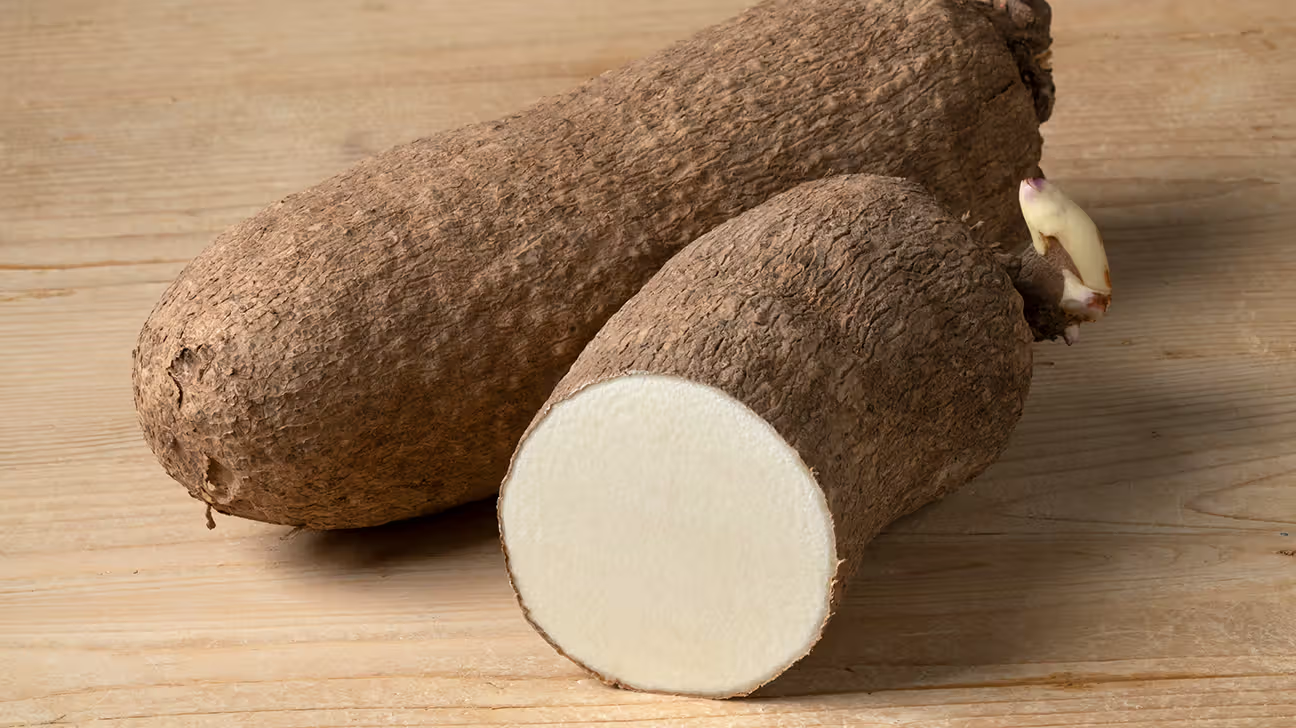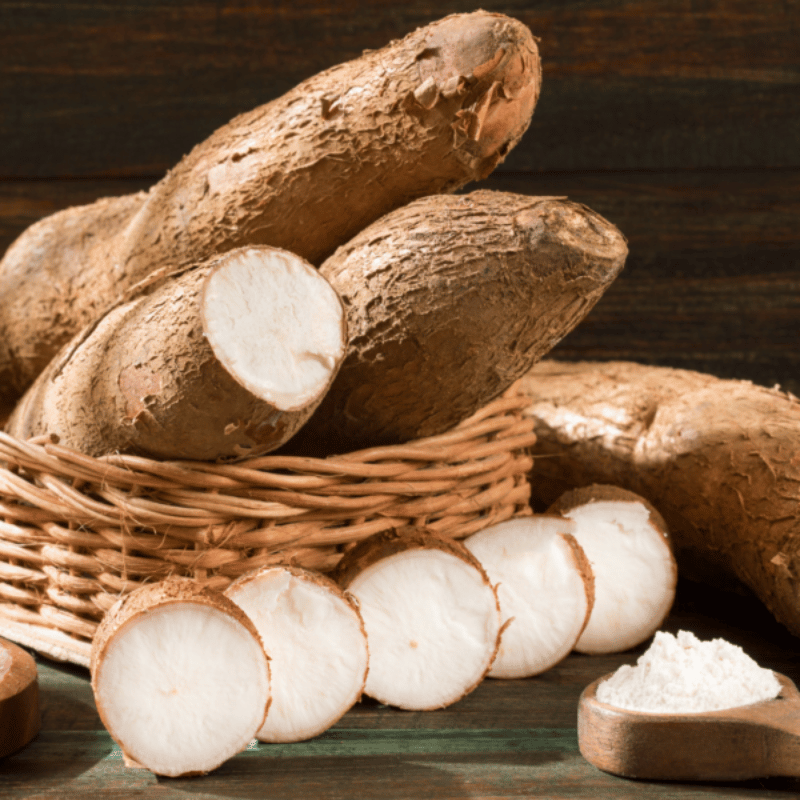Many people instinctively peel yams before cooking, believing it improves texture and taste.
However, what many don’t realize is that this common practice strips away essential nutrients that the body needs.
Cooking yams with their skin intact is a simple yet highly beneficial habit that preserves their nutritional value, aids digestion, and helps regulate blood sugar levels.
If you’ve been peeling your yams before boiling, it’s time to rethink your cooking methods for a healthier lifestyle.

The Nutritional Value of Yam Peels
Yams are already known for their high nutritional content, but what many overlook is that their skin contains even more valuable nutrients. Instead of discarding it, here’s why you should keep the peel on:
- Dietary Fiber for Better Digestion
Yam skins are rich in fiber, particularly insoluble fiber, which plays a crucial role in digestion. Unlike carbohydrates, fiber is not broken down by the body for energy. Instead, it helps regulate bowel movements, prevent constipation, and maintain a healthy gut microbiome. People often spend money on fiber supplements and high-fiber foods, unaware that they are throwing away a natural source of fiber by peeling their yams. - Blood Sugar Regulation
One of the most significant benefits of keeping the peel on yams is its ability to regulate blood sugar levels. Research suggests that foods high in fiber help slow down the digestion and absorption of sugar, preventing sudden spikes in blood glucose. When yams are peeled before cooking, they release more starch, which the body quickly converts into sugar. However, by leaving the skin intact, the fiber content helps slow this process, making it an excellent choice for individuals monitoring their sugar levels, including diabetics.
- Rich in Essential Vitamins and Minerals
Yam skin contains a variety of important nutrients, including:
- Vitamin B complex– Supports energy production, brain function, and the nervous system.
- Proteins and antioxidants– Help repair cells, boost immunity, and protect against free radicals that cause aging and disease.
- Magnesium and potassium– Essential minerals for heart health, muscle function, and maintaining healthy blood pressure.
Discarding the skin means losing these vital nutrients, reducing the overall health benefits of eating yams.

Scientific Backing: What Experts Say About Cooking Yams with Their Skin
Health professionals emphasize the importance of consuming foods in their most natural form to retain maximum nutritional value. A dietitian from the University of Benin Teaching Hospital, Mr. Peter Stephen, advises against peeling yams before cooking.
According to him, both yam and rice have a high Glycemic Index (GI), meaning they can significantly raise blood sugar levels when consumed. However, by cooking yams with the skin, the sugar content is reduced, making them a healthier option.
He further recommends that individuals, especially diabetics, balance their meals by mixing high-GI foods (such as yam or rice) with low-GI foods (such as beans or vegetables) in a 2:1 ratio. For instance, if you consume five spoons of rice, you should eat ten spoons of beans to help slow down sugar absorption and maintain stable blood glucose levels.
Other Health Benefits of Cooking Yams with Their Skin
Aside from better blood sugar regulation and improved digestion, keeping the skin on yams provides additional benefits:
- Improved Heart Health
The potassium and magnesium found in yam skin help regulate blood pressure and maintain a healthy cardiovascular system. These minerals work together to reduce the risk of heart disease and stroke. - Supports Weight Management
High-fiber foods are known to promote satiety, keeping you fuller for longer and reducing unnecessary snacking. By eating yams with their skin, you increase your fiber intake, which can help with weight management and prevent overeating. - Waste Reduction and Sustainability
Another overlooked benefit of cooking yams with their skin is the reduction of food waste. Many people discard the peels without realizing they are throwing away valuable nutrients. Adopting this cooking method not only benefits your health but also promotes sustainability by reducing unnecessary food waste.
How to Cook Yams with Their Skin
If you’re used to peeling yams before cooking, making the switch may seem unusual at first. However, the process is simple and requires no extra effort. Here’s how to do it:
- Wash the yams thoroughly– Since yams grow underground, they often have dirt on their surface. Scrubbing them under running water with a vegetable brush or sponge will ensure they are clean.
- Boil or steam with the skin on– Place the yams in a pot of water and cook as usual. You can also steam them for a softer texture.
- Peel after cooking (if preferred) – Once the yams are cooked, the skin softens and can be easily removed by hand or with a knife. This method ensures that the nutrients remain intact during cooking.

The Same Rule Applies to Potatoes
Just like yams, potatoes also have nutrient-rich skins that should not be discarded. Potato peels contain:
- Iron and vitamin C– Important for immune function and red blood cell production.
- Fiber and antioxidants – Help with digestion and reduce inflammation.
- Potassium– Essential for heart health and muscle function.
Instead of peeling potatoes before cooking, consider baking, boiling, or roasting them with their skins for added health benefits.
Conclusion
Cooking yams with their skin on is an easy, cost-effective way to improve your diet and overall health. It helps retain essential nutrients, supports digestion, regulates blood sugar, and even reduces food waste. While the idea of eating yam skin might seem unfamiliar at first, the health benefits far outweigh any concerns about texture or appearance.
By making this small yet impactful change, you can enjoy a more nutritious meal while promoting better digestion, balanced blood sugar levels, and overall well-being. Don’t throw away nature’s goodness—keep the peel on










